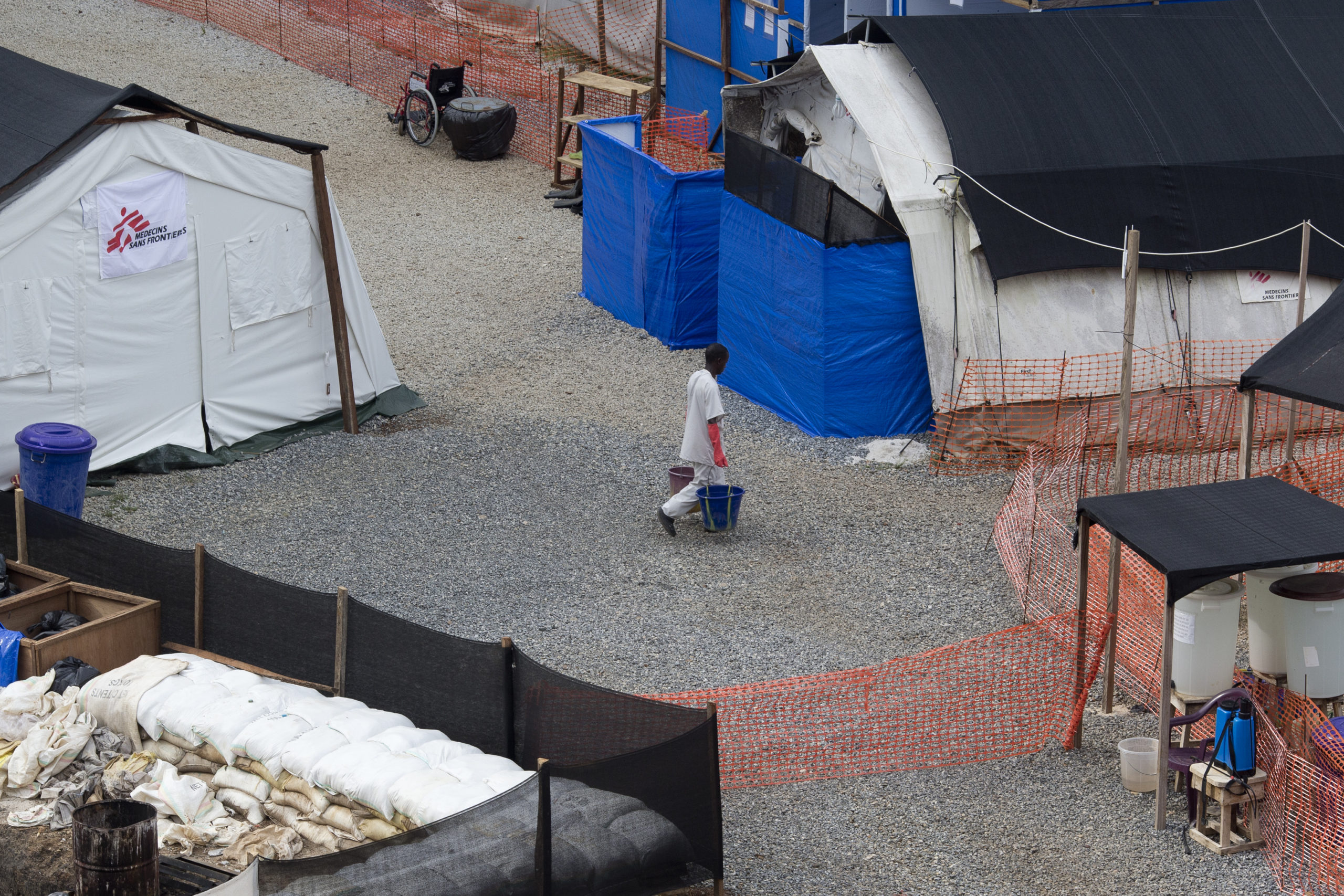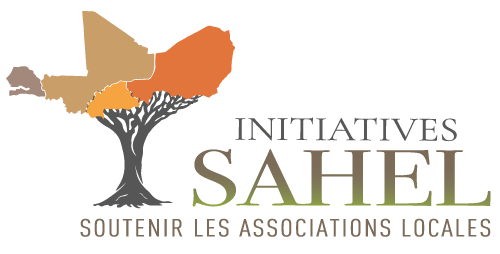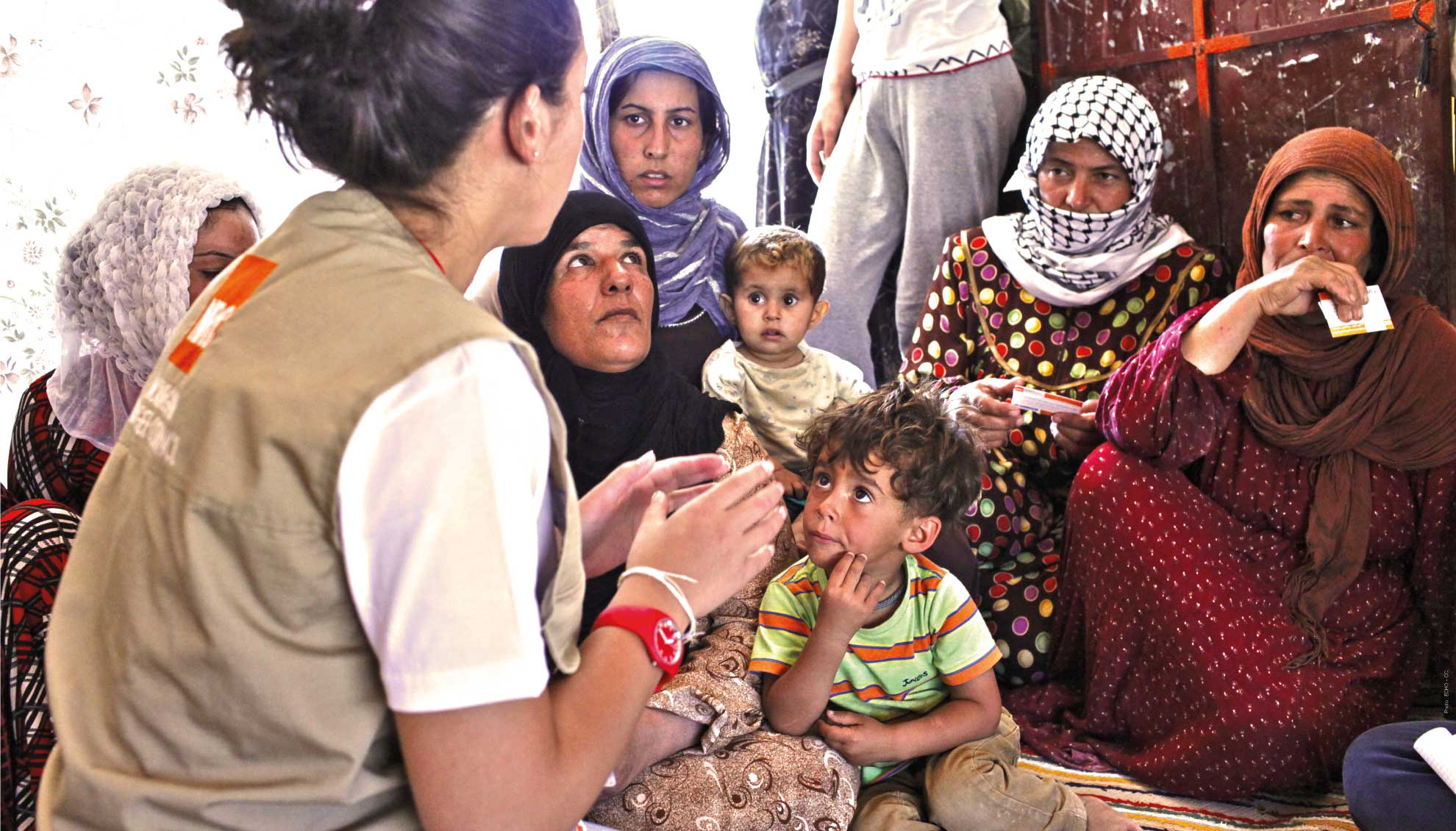
The State of Humanitarian Professions
In a rapidly changing aid ecosystem, how to help humanitarian organisations* better recruit, retain and develop competent staff? How to help individuals have greater clarity on how they can enter the aid sector and be effective for people in need? How to help learning providers better target the most acute learning needs?
With the State of the Humanitarian Professions 2020 project,
Bioforce will share with the humanitarian community a reference study for recruitment, professional development, recognition and individual career pathways.
As we all know, multiple changes are underway in the humanitarian sector. These changes include ceding more power and control to local responders, ensuring that humanitarian workers and communities are safeguarded, operating with new approaches and technology… For these to be successful, the humanitarian community needs to ensure there is sufficient professionalism in the sector, and individuals operate with the necessary competencies. Recognising the professional functions that exist and the increasing understanding of the competencies they require will help organisations and individuals to adapt to new challenges and eventually, better answer the needs of vulnerable people. While initiatives seek to give more visibility to professions and careers in humanitarian action (HPass, ELRHA…), there is currently no holistic, exhaustive and prospective publication on this crucial theme: as an actor in the professionalisation of the humanitarian sector, Bioforce has launched, with the support of the Principality of Monaco, the first international study on humanitarian professions.
The State of Humanitarian Professions 2020 projectwill give deep insights on today’s state of 24 humanitarian professions and what their future will be (typical functions within them, characteristics, number of people working in each of them, their typical features, ratio of supply and demand of staff, changes to come, new professions…). In addition, SoHP 2020 will identify what are the core distinguishable competencies across all humanitarian professions, how they are changing and what they will look like in the future.
Bioforce and the SoHP 2020 Advisory Group (Humanity and Inclusion, NRC, ALNAP, CHS-Alliance, PHAP, ICRC, WFP…) are determined to consult as widely as possible with humanitarian actors: national and international NGOs, United Nations agencies, national agencies, the Red Cross and Red Crescent Movement; other actors involved in humanitarian crisis management, representatives of humanitarian professionals (PHAP, Bioforce alumni network, etc.), professional networks and clusters, and key actors in professionalisation and learning (training bodies, universities, etc.).
A review of existing data and publications was the starting point for the study. This was followed by:
- a study based on more than 90 key informants interviews in the 24 professional areas identified;
- a survey of active humanitarian practitioners (750 responses);
- and to complement the information gathered, 11 workshops around the world (France, Switzerland, Senegal, Sierra Leone, UK, Bangladesh, Uganda, Burkina Faso, USA, Colombia) to ensure that the study captured inputs and insights from the field, from different geographical areas and different types of humanitarian contexts.
We will be will be pleased to share and discuss with you the results of this reference study at this online international conference on November 17th. We are also considering enriching this study by sharing at the conference the lessons learnt from the Covid-19 crisis and their impact on humanitarian professions.
- Attend online: sign in
*As defined in ALNAP’s SOHS 2018 research.
SoHP in details
Humanitarian professions are in constant evolution and the ecosystem of humanitarian aid has evolved rapidly with a strong impact on the organization of response and the profiles of the personnel deployed.
Some of these key evolutions are:
- Technology – with its impact on operational modalities : cash based interventions, the use of drones …
- New actors (civil protection, private sector …) and the growing importance of national/local actors
- Changing contexts of intervention, namely with respect to security
- Changes in the system itself with the impact of the Grand Bargain aiming at more efficiency and effectiveness, changes in donor policies (audits, reporting …), quality standards …
Furthermore, the sheer numbers of organisations and individuals engaged in humanitarian aid has increased considerably as is underlined in the latest ALNAP State Of The Humanitarian System.
All these changes are having a strong impact on humanitarian professions:
- Within existing functions (technical, support, and coordination-management functions) which need to evolve
- With the creation of new professions in order to respond to the evolutions of the ecosystem
- With the effects of the localisation agenda on roles and profiles of humanitarian personnel
- With a wider and more inclusive perspective on the full range of professions deployed by “traditional” humanitarian actors, but also by “new” actors from the private and public sectors
Anticipating the evolutions of humanitarian professions is a key to quality humanitarian response.
The capacities of those delivering response to humanitarian crises determines the quality of aid, its relevance, effectiveness, and sustainability, and is key to the effective application of humanitarian principles. Organisations endeavor, not only to identify the technical knowledge and skills specific to each function, but also, more globally, the cross-cutting knowledge, skills, and behaviours shared amongst the various functions within their structure. In order for their action to remain relevant, humanitarian organisations need visibility on how their structure will need to function – and with which competencies.
Another essential aspect is the need for professionalization and training.
Experience and empirical approaches have for a long time constituted the essence of learning and training within humanitarian organisations. Traditional practice within the sector has long been based on the idea that the “training” of new professionals must be done on the job and in the field. Today, humanitarian organisations express a need for trained and competent personnel. They have developed a culture of efficiency and professionalism and look to recruit people who are already trained and operational. The mapping/identification of the various functions/professions in the sector, their evolution and associated competencies, is essential for measuring the needs in terms of professionalization and relevant training solutions.
The lack of visibility on humanitarian professions and their evolution constitutes a real challenge for employers but also for individuals.
Despite a handful of initiatives aimed at providing more visibility on the various professions and pathways within the humanitarian sector there is no reference that provides a holistic and exhaustive picture of humanitarian professions, their evolution, recruitment criteria and practice, associated training solutions, and professional pathways.
The SOHP 2020 initiative, which is supported by an Advisory Group including the CHS-Alliance, ALNAP, PHAP and a number of implementing organisations in the sector, will provide a sector wide, reference publication on trends in humanitarian professions today. It will cover a number of areas :
- Current debates and thinking on what « humanitarian professions » means, their identity with respect to « professions » in other sectors, and connections with the nexus between humanitarian and development approaches and operations
- A snapshot on 24 humanitarian profession areas
- Trends across humanitarian professions – what is changing and what is driving that change
- Identification of common knowledge, skills, and behaviours essential across all humanitarian professions
- Trends in recruitment and professional development.



